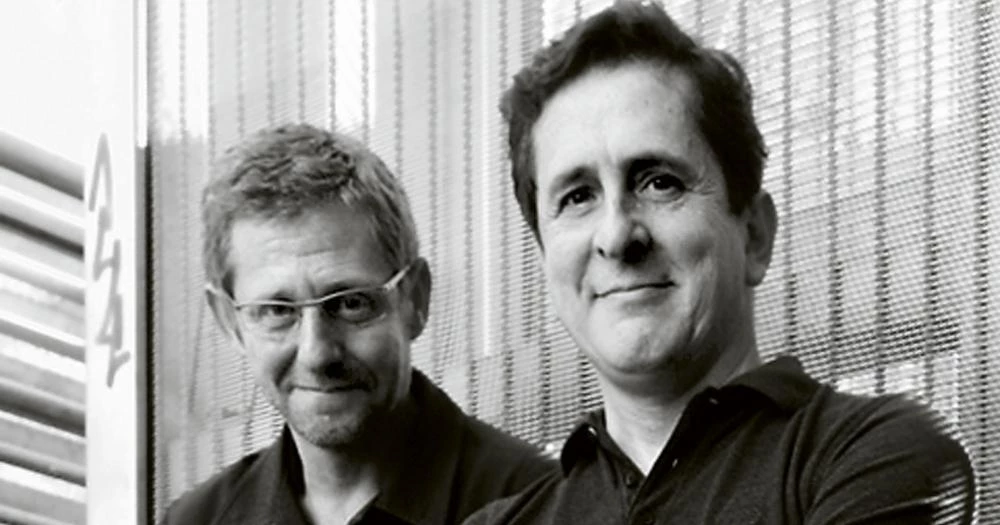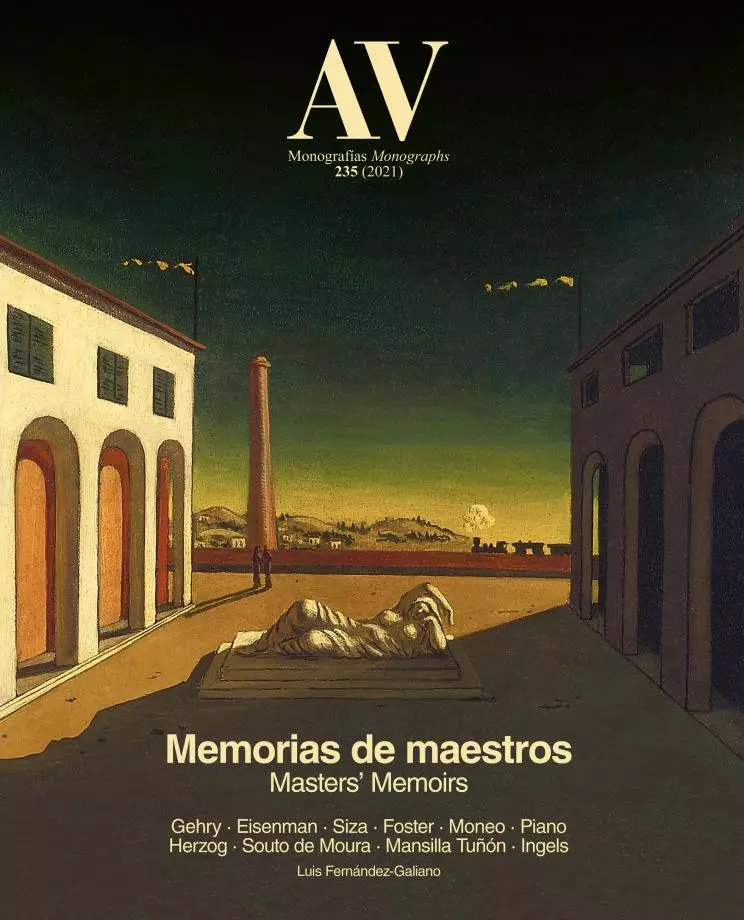Luis Mansilla & Emilio Tuñón: "The School of Architecture was a stroke of luck for us"
Madrid, 1959-Barcelona, 2012 / Madrid, 1959

Luis M. Mansilla: Many things that happen in life are a mix of intention and chance. My father was a naval engineer, but on my mother’s side, too, there were people connected to art. The time came to choose a path and I asked my twin brother, “What are you going to do?” And he said, “I’m going to be a naval engineer.” I said I was doing architecture. To be different. It sounds a bit like a joke, but that’s how it was.
Emilio Tuñón: The parallelism is curious. My father was a mariner and my brother a naval engineer as well. I thought of doing naval engineering. But my artistic abilities made my mother push me toward architecture, and I truly discovered a wonderful world. The Madrid school.
Luis M. Mansilla: The Madrid School of Architecture was a boon and a stroke of good luck for us, we have often thought. The earnestness, the professionalism, and above all the contagious passion were hugely important to us.
Emilio Tuñón: I remember Juan Navarro opening a door, and then one entered a world, never to leave. As Rafael Moneo said in a lecture, you start to see everything through architecture, and this never leaves you. Navarro and Moneo aside, the figure of Oíza was very present. He was the grand master of the Madrid school, admired by us all.
Luis M. Mansilla: I believe this training was vital, and took on an even greater degree of complexity when we worked in Rafael Moneo’s studio. As everyone knows, it’s a highly disciplined practice, strongly based on conscientious analysis of realities and on a determination to solve not only the artistic or cultural, but also the technical problems of architecture. This gave us a very solid foundation to start with. We truly would not understand our work today if we had not had those ten years of effort and discipline under Rafael. We were in the Miró Foundation and I was at the helm of the Thyssen, a project I followed from start to finish, besides participating in numerous competitions at the time. It was a terrific experience because we learned that architecture has many layers that have to be aligned. That is, one could be immersed in a near-intellectual reflection about architecture, but at the same time about the client, the program, or the place, and all of that had to be mixed together. I think it was an excellent education and it has been very useful to us...[+][+]






